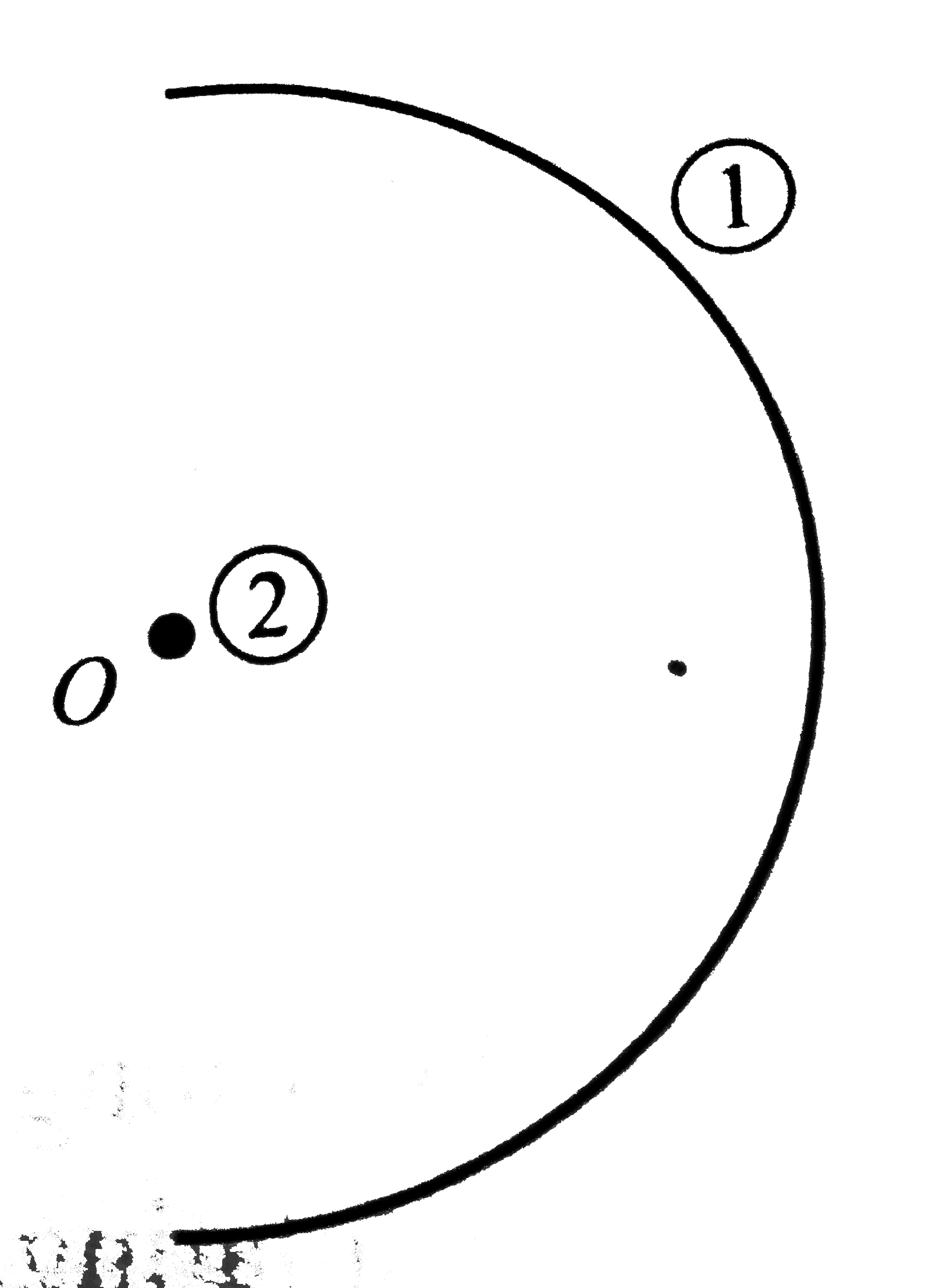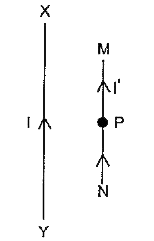How is the direction of flow of current between two charged conductors determined by their potentials ?
The correct Answer is:Current flows from high potential to low potential.
To determine the direction of flow of current between two charged conductors based on their potentials, we can follow these steps:
1. Understanding Electric Potential:
- Electric potential (voltage) is the amount of electric potential energy per unit charge at a point in an electric field. It is measured in volts (V).
2. Identifying the Conductors:
- Let's consider two charged conductors, A and B. Each conductor has a different electric potential, denoted as V_A for conductor A and V_B for conductor B.
3. Comparing Potentials:
- To determine the direction of current flow, we need to compare the potentials of the two conductors.
- If V_A > V_B, then conductor A is at a higher potential than conductor B. Conversely, if V_A < V_B, then conductor B is at a higher potential than conductor A.
4. Direction of Current Flow:
- Current is defined as the flow of positive charge. In a circuit, current flows from a region of higher potential to a region of lower potential.
- Therefore, if V_A > V_B, the current will flow from conductor A to conductor B. If V_A < V_B, the current will flow from conductor B to conductor A.
5. Conclusion:
- The direction of current flow between two charged conductors is determined by their potentials: current flows from the conductor with higher potential to the conductor with lower potential.
- Electric potential (voltage) is the amount of electric potential energy per unit charge at a point in an electric field. It is measured in volts (V).
- Let's consider two charged conductors, A and B. Each conductor has a different electric potential, denoted as V_A for conductor A and V_B for conductor B.
- To determine the direction of current flow, we need to compare the potentials of the two conductors.
- If V_A > V_B, then conductor A is at a higher potential than conductor B. Conversely, if V_A < V_B, then conductor B is at a higher potential than conductor A.
- Current is defined as the flow of positive charge. In a circuit, current flows from a region of higher potential to a region of lower potential.
- Therefore, if V_A > V_B, the current will flow from conductor A to conductor B. If V_A < V_B, the current will flow from conductor B to conductor A.
- The direction of current flow between two charged conductors is determined by their potentials: current flows from the conductor with higher potential to the conductor with lower potential.
Topper's Solved these Questions
- CURRENT ELECTRICITYBOOK - ICSECHAPTER - CURRENT ELECTRICITYEXERCISE - Exercise-9(B)Multiple choice
3 Videos
- CURRENT ELECTRICITYBOOK - ICSECHAPTER - CURRENT ELECTRICITYEXERCISE - Exercise-9(B) Numericals
4 Videos
- CURRENT ELECTRICITYBOOK - ICSECHAPTER - CURRENT ELECTRICITYEXERCISE - Exercise-9(A)Numericals
3 Videos
- ELECTRICITY AND MAGNETISM BOOK - ICSECHAPTER - ELECTRICITY AND MAGNETISM EXERCISE - TOPIC 2 Magnetism (4 Marks Questions )
6 Videos
Similar Questions
Fig. 9.26 below shows two conductors A and B. Their charges and potentials are given in the diagram. State the direction of (i) flow of electrons, and (ii) flow of current, when both the conductors are joined by a metal wire.

View SolutionWrite an expression for the electrical power spent in flow of current through a conductor in terms of
resistance and potential difference
View SolutionMention the condition under which a current can flow in a conductor .
View SolutionTwo straight long parallel conductors are moved towards each other. A constant current i is flowing through one of them. What is the direction of the current induced in other conductor ? What is the direction of induced current when the conductors are drawn apart.
View SolutionState the direction of the above currents in a conductor, stating which end of the conductor is at high potential.
View SolutionA direct current I flows in a long straight conductor whose cross section has the form of a thin halr-ring of radius R. The same current flows in the opposite direction along a thin conductor located on the axis of the first conductor. Find the magnetic induction froce between the given conductors reduced to a unit of their length.

View SolutionFigure below shows a point p near a long conductor XY carrying a current I. MN is a short current carrying conductor, kept at the point P, parallel to the conductor XY.

(i) What is the direction of magnetic flux density .B. at the point P due to the current flowing through XY ?
(ii) What is the direction of the force experienced by the conductor MN due to the current flowing through XY?
View SolutionThe direction of conventional current is in the opposite direction as that of electrical charge.
View SolutionProve that, if an insulated, uncharged conductor is placed near a charged conductor and no other conductors are present, the uncharged body must be intermediate in potential between that of the charged body and that of infinity.
View SolutionWhen a current passes through a resistor, its temperature increases. Is it an adiabatic process?
View Solution
